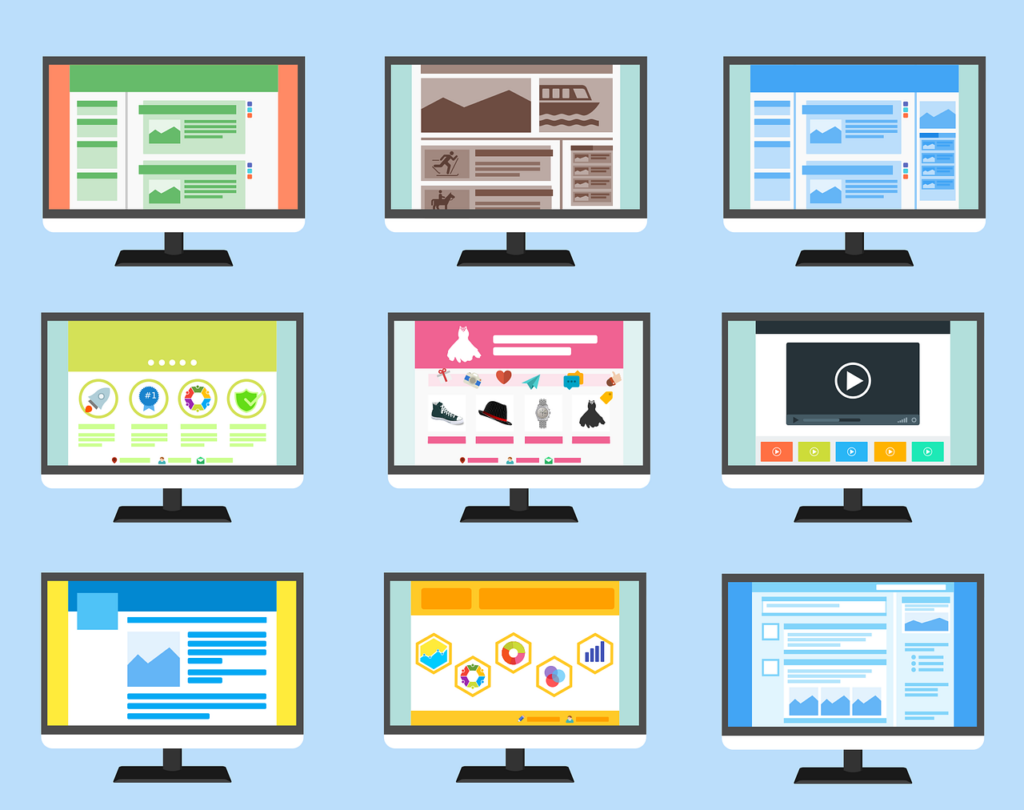Usability is the most critical element of good website design. A user-friendly website creates a positive experience that encourages visitors to become repeat customers. User-friendly websites also rank higher in search engine results, boosting your visibility. At New Wine Digital, we help businesses in a wide range of industries create modern, user-friendly websites. We created this guide to help you understand what makes a website user-friendly.
What Makes a Website User-Friendly?
A user-friendly website is one that is easy for anybody to use. Site visitors should be able to easily read content and navigate between the different pages of your website, even if they have accessibility needs. That means keeping your content concise and organized, making links and buttons appear clickable, creating an intuitive navigation menu, and more. Let’s take a look at some of the most important characteristics of a user-friendly website.
Five Characteristics of a User-Friendly Website
1: Intuitive Navigation
The navigation menu on your website should be free of clutter, easy to find, and easy to use. Users typically look to the top of a page or the left side to find a navigation menu, so those are the best places to include it.
If your menu links to multiple pages, use a drop-down or sub-navigation menu to organize your pages into different categories. For example, under a “Services” tab, a dentist’s website would include links to their pages about dental cleanings, periodontal care, crowns, root canals, cosmetic dentistry, orthodontics, and children’s dentistry.
2: Mobile Compatibility
According to Google, over half of all website traffic comes from mobile devices. Optimizing your website for mobile devices will help you reach more local customers. It’s essential that your website shows up in mobile searches and that its layout changes to fit mobile screen sizes. Luckily, Google offers a free tool to test whether your website is mobile-friendly or not.
3: Accessibility
To be user-friendly, your website also needs to be accessible to all web visitors, including the disabled, elderly, and blind. Some people navigate the web differently than others, and may need to use screen readers, captions, and other tools that help them access information more easily.
Keep your website free from accessibility barriers like a lack of captions for videos, or mouse-only navigation. In fact, there are even specific guidelines that some websites are required to follow in accordance with the Americans with Disabilities Act.
4: Easy-to-Read Content
The information on your website should always be organized and presented in a way that’s easy to read. For instance, users should also be able to scan any page on your site and easily find the information they’re looking for. Breaking up informational content like blog posts into sections under different headings helps users easily read through a webpage.
5: Quick Load Times
Slow load times are a very frustrating experience for web users. Your website should load in under six seconds in order to be user-friendly. If any of your website’s pages take too long to load, it can quickly turn visitors away and lead to a high bounce rate. Watch out for unoptimized images, too many ads on the page, insufficient bandwidth, and other issues that can cause a website to load slowly.
How to Design a User-Friendly Website
When designing your website, follow these tips to make it as user-friendly as possible:
Keep It Simple
Even though a complex website design might look good, it’s most likely too confusing for some users to navigate. You can always ask your website visitors for their input on how your site could better serve their needs. This not only shows your customers that you value their experiences, but it also allows you to build a better website.
Make It Accessible
An accessible website opens your business up to a wider audience. One way you can make your website more accessible is to accommodate colorblind users with high contrast text and backgrounds. Make sure your website follows all necessary accessibility guidelines and that it’s easy to navigate. If you have any online forms, they should also be easy to find and simple to use.
Stay Consistent
Your website should always have consistent colors and layouts across all of its pages. For example, if you list your contact information at the bottom of your homepage, it should be in the same place on every page so that users can easily reach out. Your navigation menu should also be in the same exact spot on each page.
Test Your Website
Sometimes errors can occur that affect the usability of your website. Testing your website for accessibility, speed, and mobile friendliness will help you smooth out any bumps. It’s also a good idea to use free SEO tools like Google Search Console that monitor the health of your website and notify you of errors like broken links that affect usability.
Need Help With Web Design?
At New Wine Digital, we know how to make a high-ranking, user-friendly website. Whether you need help with content, SEO, or web design, we can help you create a website that delivers a positive experience to a wider audience. Call 480-516-1819 today to discuss how we can help you bring more web traffic to your business.
Images used under creative commons license – commercial use (9/1/2022). Image by 200 Degrees from Pixabay
